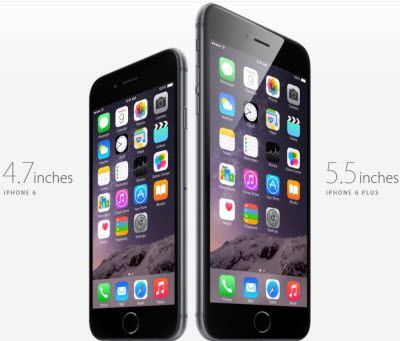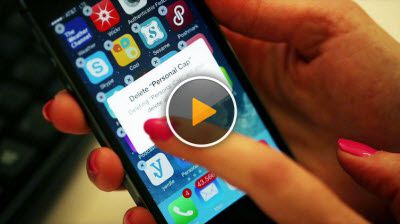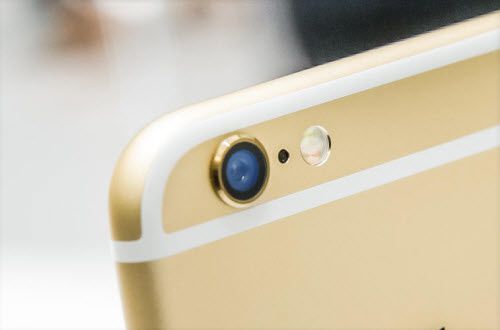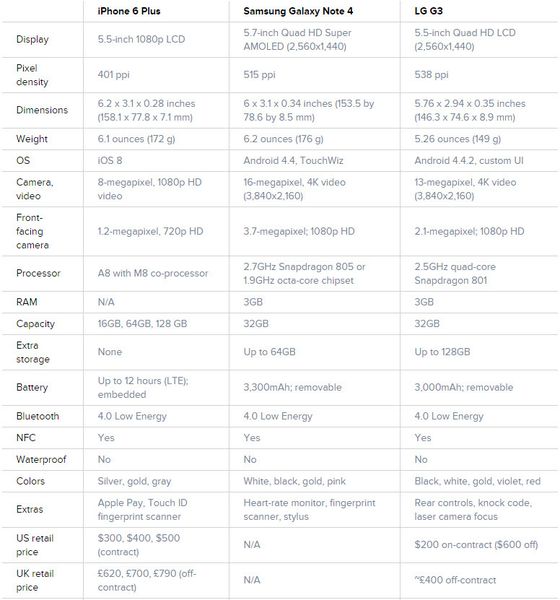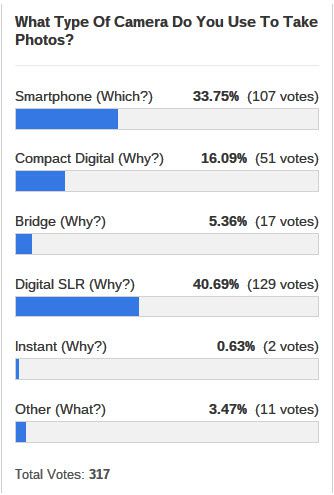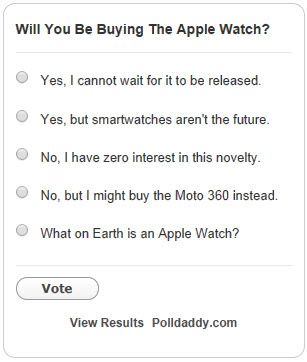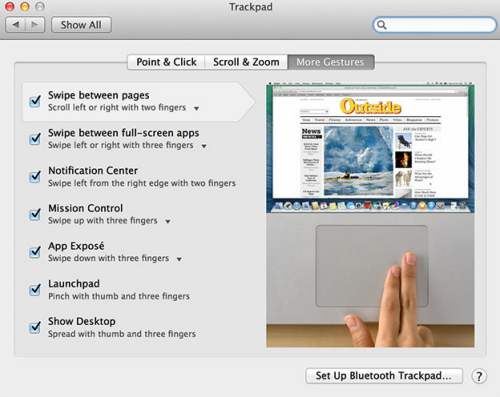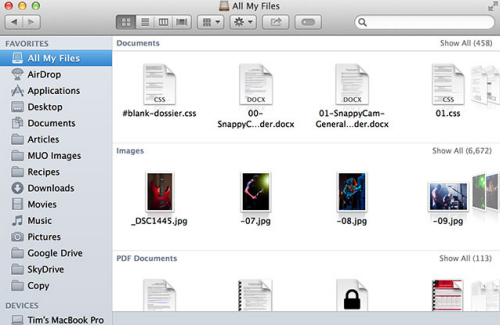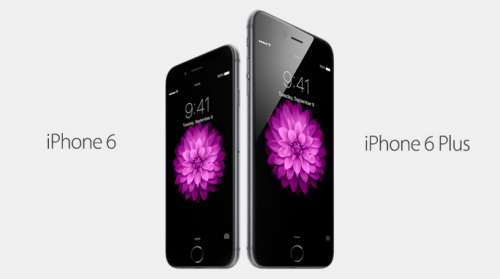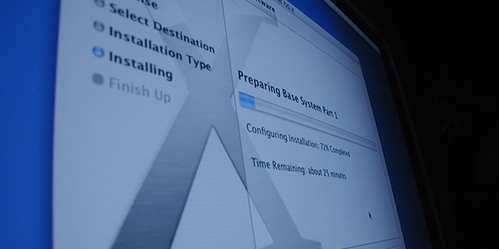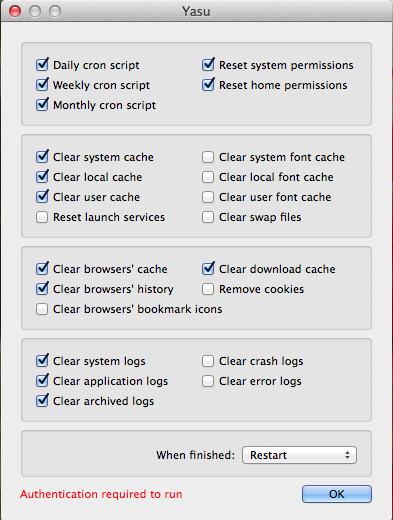1. Apple iPhone 6 Plus
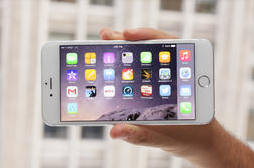
The Good The bigger battery means great battery life, and the 5.5-inch screen is not only big but bright and high-contrast. Optical image stabilization improves low-light photography.
The Bad The big footprint of the iPhone 6 Plus is not for everybody, and it's less visually distinctive in overall design than previous iPhones. Also, apps that haven't been optimized yet look blurry and have big keyboards.
The Bottom Line The iPhone 6 Plus is too big for everyone to love it, but it's Apple's best phone this year. If your budget and your pocket can make room for it, give the iPhone 6 Plus serious consideration.
Price: $299.99 - $749.76
More information about iPhone 6 Plus.
2. Samsung Galaxy S5

The Good Samsung's Galaxy S5 excels at everything that matters -- Android 4.4 KitKat OS; a bright, beautiful display; blistering quad-core processor; and an excellent camera experience. In addition, Samsung's efforts to streamline its own custom interface and reduce pre-installed bloatware pay off.
The Bad The Galaxy S5 is a only small upgrade over the Galaxy S4. The fingerprint scanner can be confusing to use, and the heart-rate monitor is a niche feature at best. In some regions, the Galaxy S5 costs significantly more than rival top-rated handsets.
The Bottom Line Subtly improved and smartly refined, the Samsung Galaxy S5 is a superior superphone that hits every mark but the sharpest design.
Price: $199.99 - $749.99
More information about Samsung Galaxy S5.
3. Sony Xperia Z2
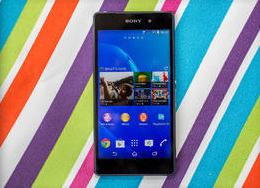
The Good The Sony Xperia Z2 has a glorious screen, tonnes of power, a great camera and a beautiful design. It's waterproof too, so it won't conk out when you drop it in the bath.
The Bad It's expensive, its regular autofocus adjustments during shooting can spoil videos, and the camera resolution is throttled when using the full automatic mode.
The Bottom Line Sure, it costs a bundle, but the Sony Xperia Z2 is everything you should expect from a top-end phone. Its impressive performance rivals the Samsung Galaxy S5 for smartphone top dog, but the Z2's slick glass and metal design trumps the S5's plastic body. If you're looking for both style and substance from a phone, you've come to the right place.
Price: $530.00
More information about Sony Xperia Z2.
4. LG G3
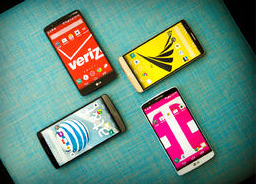
The Good The LG G3 has solid call quality and LTE data speeds, a great camera, a brilliantly sharp display, a snappy quad-core processor, and a flat UI that makes Android 4.4 look good. LG's flagship has also improved on the previous model -- the new G3 comes with a removable battery and microSD card slot, both things the G2 lacked.
The Bad The new QHD display with its 2,560x1,440-pixel resolution is quite a power hog, so the phone will barely last you a day without a charge.
The Bottom Line Possessing the right blend of features and design, the G3 finally gives LG the right phone with which to challenge Korean rival Samsung.
Price: $199.99 - $629.99
5. iPhone 6

The Good A bigger, crisp display, improved LTE and Wi-Fi speeds, better camera autofocus, bumped-up storage capacities to 128GB at the top end, and NFC Apple Pay mobile wallet features on the horizon.
The Bad In early tests, the iPhone 6's battery doesn't fare any better than last year's model. Some Android phones fit an even-larger 5-inch screen into the same size frame. It lacks the optical image stabilization of the bigger, more expensive 6 Plus.
The Bottom Line The iPhone 6 delivers a bigger screen while remaining easy to handle, with plenty of features to satisfy everyone -- and the promise of Apple Pay on the horizon to potentially sweeten the deal even further.
Price: $199.99 - $649.92
6. Nokia Lumia Icon
![]()
The Good The feature-packed Nokia Lumia Icon has a gorgeous screen, a fast processor, and a proven 20-megapixel camera. Low-light image quality is excellent.
The Bad Its flat, slab design is uninspiring, and the Icon is a little heavy and thick. Call quality was mediocre, and media hounds won't be able to expand storage with a microSD card.
The Bottom Line Buy the Nokia Lumia Icon for its beautiful display and well-rounded features, but skip it if you require gobs of storage, are on a budget, or prefer a power user's OS.
Price: $149.99 - $599.99
7. HTC One M8
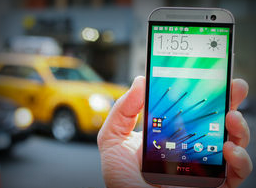
The Good The HTC One M8's sumptuous aluminum body makes a beautiful background for this top-flight smartphone's brilliant 5-inch display. It runs on a powerful quad-core processor and Android KitKat, the stereo speakers deliver excellent sound, and the depth-sensing camera brings a ton of useful features.
The Bad The One M8’s battery is not user-removable, making it harder to replace once the battery inevitably wears out. The phone's sealed chassis is not water-resistant, and the One M8's photos look less sharp than competitors'.
The Bottom Line Elegant style, raw power, and sophisticated features make the HTC One M8 an excellent smartphone choice for anyone but the most exacting photographer.
Price: $149.99 - $820.00
8. Samsung Galaxy Note 3

The Good The Samsung Galaxy Note 3 has a gorgeous and massive screen, screaming quad-core processor, and refined S Pen skills. It also has long battery life, makes clear calls, and takes great pictures.
The Bad The Note 3 is expensive, large, and its faux-leather styling is crafted from cheap plastic.
The Bottom Line Though its plastic skin doesn't do its high price justice, Samsung's Galaxy Note 3 makes the most compelling case yet for a supersize phone.
Pricec: $49.99 - $799.99
Article Reference:www.cnet.com



